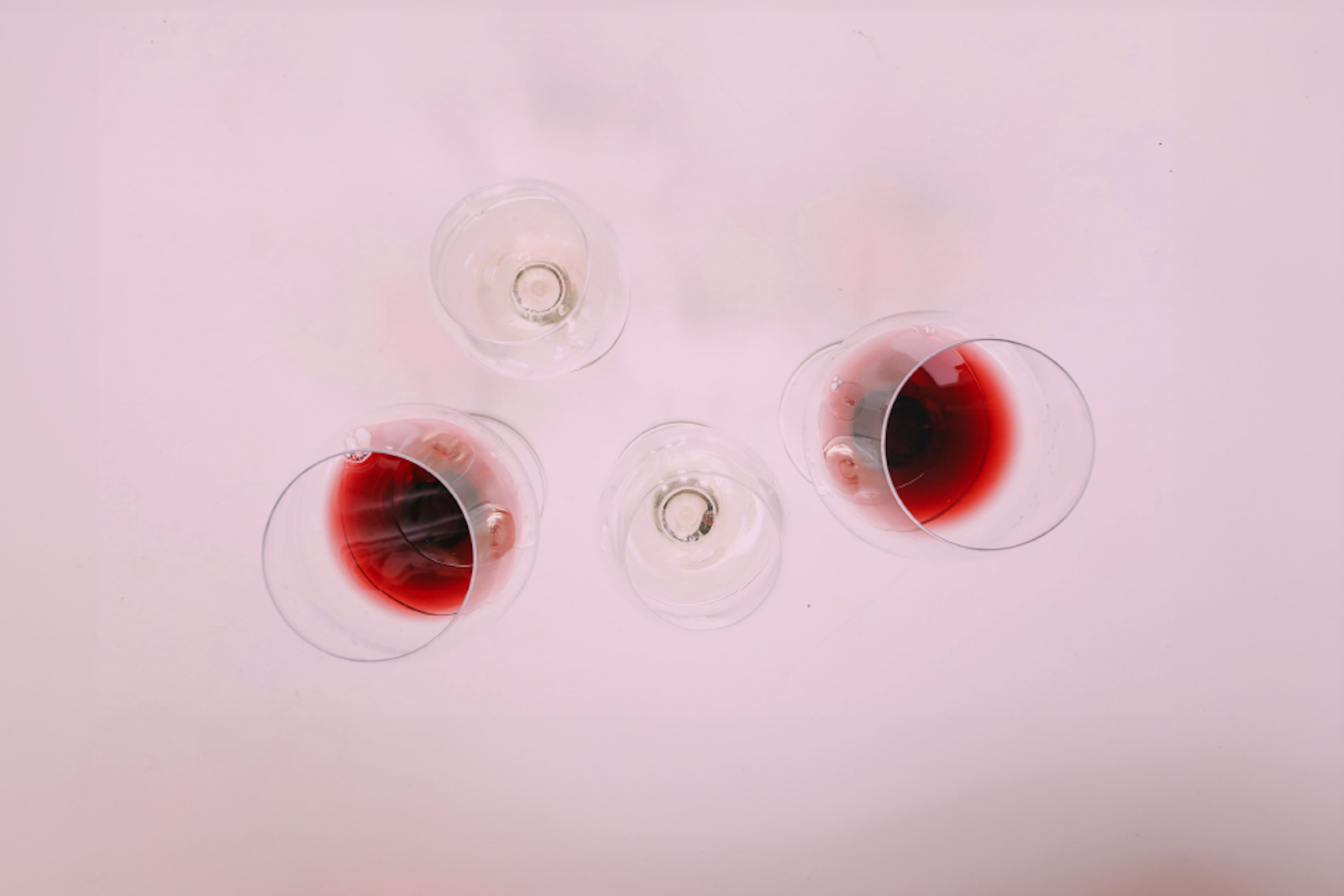As anyone who’s visited a winery while on vacation knows, wine tourism promises a relaxing, memorable experience. And it’s not just a bright spot on the casual oenophile’s vacation – it’s also providing a spark of optimism during a time when the health of the U.S. wine market is an ongoing source of anxiety. While this decline is often attributed to changing consumer tastes among younger generations, wine tourism might be just what the doctor ordered.
Customarily known as enotourism, the act of visiting wineries for recreation and tasting isn’t new, but the consumer experience has grown substantially more sophisticated – thanks to wineries and industry leaders developing richer and more robust offerings for visitors. And if the wine market is looking to enlist younger generations, there are signs that enotourism might save the day. According to the recent 2024 WineGlass Marketing Wine Consumer Usage and Attitudes Survey, Millennials and Gen Zers are seeking out wine vacations – looking for entertainment more than education.
Adrian Bridge, CEO of Portugal’s The Fladgate Partnership, which owns revered Port houses Taylor Fladgate, Fonseca and Croft, as well as a handful of hotels such as The Yeatman, a member of the Relais & Châteaux collection, speaks from experience when he notes how enotourism creates success in the wine market as long as the approach is updated for the modern traveler. “Visitor experiences must be done properly, in line with brand values and positioning, and need to be differentiated. Too many wine brands simply open up a tasting room and do not think about how to create demand or differentiate from their neighbors.”
To achieve this, Bridge and The Fladgate Partnership developed the ambitious WOW Cultural District in Porto to create a multifaceted experience for travelers that has helped the local economy and driven up Port sales. According to Bridge, 10 years ago 30,000 Americans visited Portugal; in 2023 it was 2 million. “These are people exposed to the country, culture, food and wine. With strong wine tourism, we can showcase our brands and then increase sales in the U.S. market from people who have already tasted them and understood them – that is what WOW and our visitors’ centers can achieve.”
According to Sally Burton, Vice President of Marketing for Jackson Family Wines, wine tourism is essential for creating lasting memories and connections with a brand. “Usually when someone is visiting a winery, they are on vacation or taking a break from their usual routine, so they are relaxed and open to new experiences. A unique wine experience or tasting in a beautiful environment builds a lasting memory, a connection to the person who hosted the visitors, and a stronger likelihood of brand recall and repeat purchase.”
With a portfolio of U.S. and international wineries, many of which offer luxury visitor experiences, Jackson Family Wines has a keen understanding of what travelers are seeking. “At many of our wineries, they are looking for ‘unpublished’ or exclusive experiences, such as library wine tastings or tastings of wines only available at the tasting room,” says Burton. In addition to creating memories, these experiences can drive sales through wine club sign-ups and exclusive offers.
Max Goldberg Liu of Pressoir, which curates bespoke travel to France’s beloved wine regions as well as produces leading wine festivals La Paulée, La Fête du Champagne and La Tablée, reinforces that desire for an “insider’s” experience – a special bottle poured, an exclusive cellar visit, an intimate chat with the winemaker – as what consumers want most.
Food and wine pairing experiences are especially popular for visitors, and Napa’s Sequoia Grove in Rutherford, California, leverages this to share the brand’s philosophy around pairing with cabernet sauvignon. The winery’s Taste of Cabernet experience seeks to reinforce the versatility of the wine. “You don’t have to throw a steak at every cab,” says Rick Bonitati, president of Sequoia Grove. Bonitati finds that this revelation inevitably leads to visitors seeking to recreate the experience at home for friends and family, sharing what they’ve discovered and reliving their positive experience at the winery.
Enotourism has become an essential part of the wine market. “Time and again, we see that a great trip can really juice our customers’ enthusiasm. Being there and seeing where the wines come from and how much work goes into them can give a newfound appreciation for a region, and if they have the means to go on a wine trip, they always have the means to buy wine at home,” says Goldberg Liu. “Sharing is intrinsic to wine, and the best kind of organic marketing is when a customer visits a winery, has a great experience, starts buying the wines, shares them with friends, turns them onto it, and so on.”
Wineries and wine regions that create these opportunities to explore and enjoy the world of wine will inevitably succeed in igniting passion and loyalty through the simple joy of a raised glass.
With more than 20 years in the wine and spirits industry, Amanda Hathaway founded the Wine & Spirits division she oversees today at Wagstaff, an MMGY affinity brand. As a lifestyle PR agency, Wagstaff specializes in culinary and wine and spirits representation and marketing and is backed by the research, insights and data of the larger MMGY family of brands. Having worked with premier clients such as Compass Box Scotch Whisky, Taylor Fladgate and Vérité Wines, Hathaway uses her experience and expertise to lead her teams to grow both consumer awareness and wine and spirit brands. And while she loves to savor a glass of Alsatian Riesling, she enjoys it even more if she’s also sipping it while sharing the fascinating stories of her clients’ delicious products.

